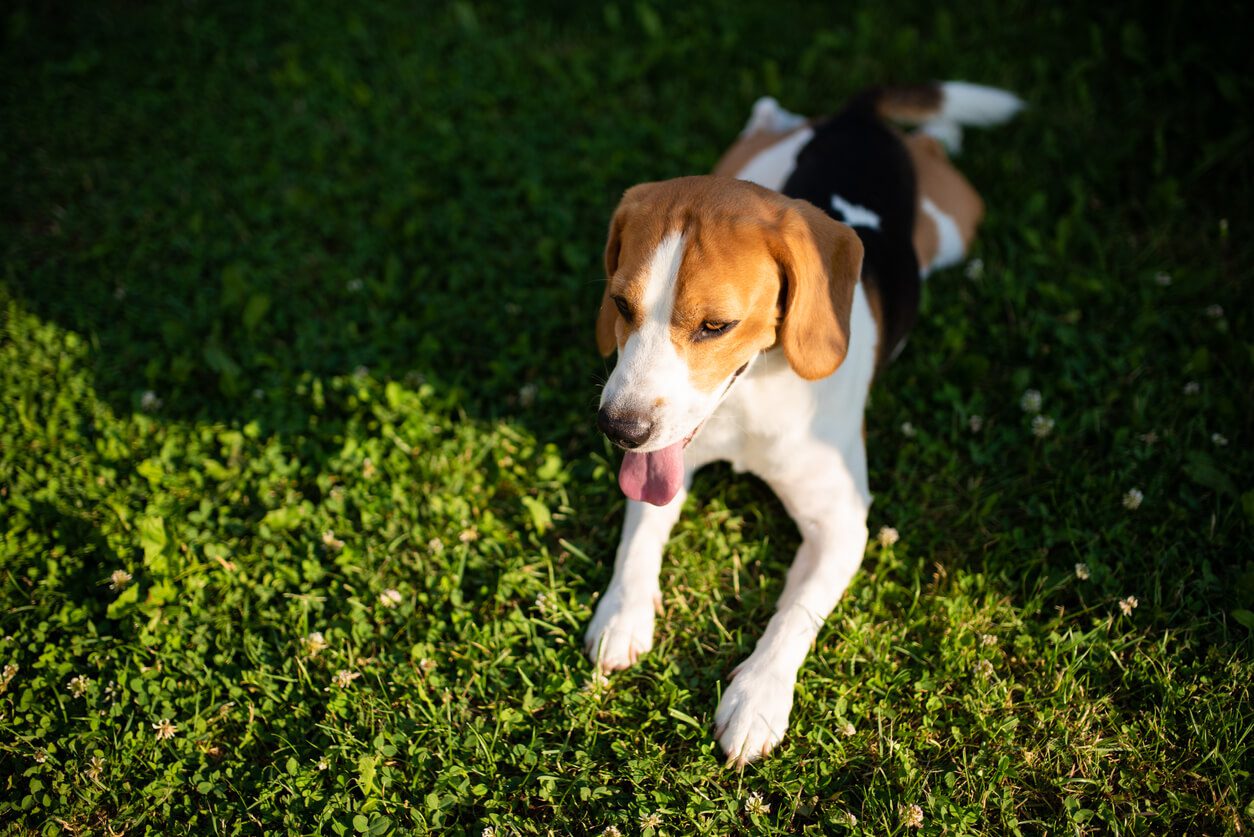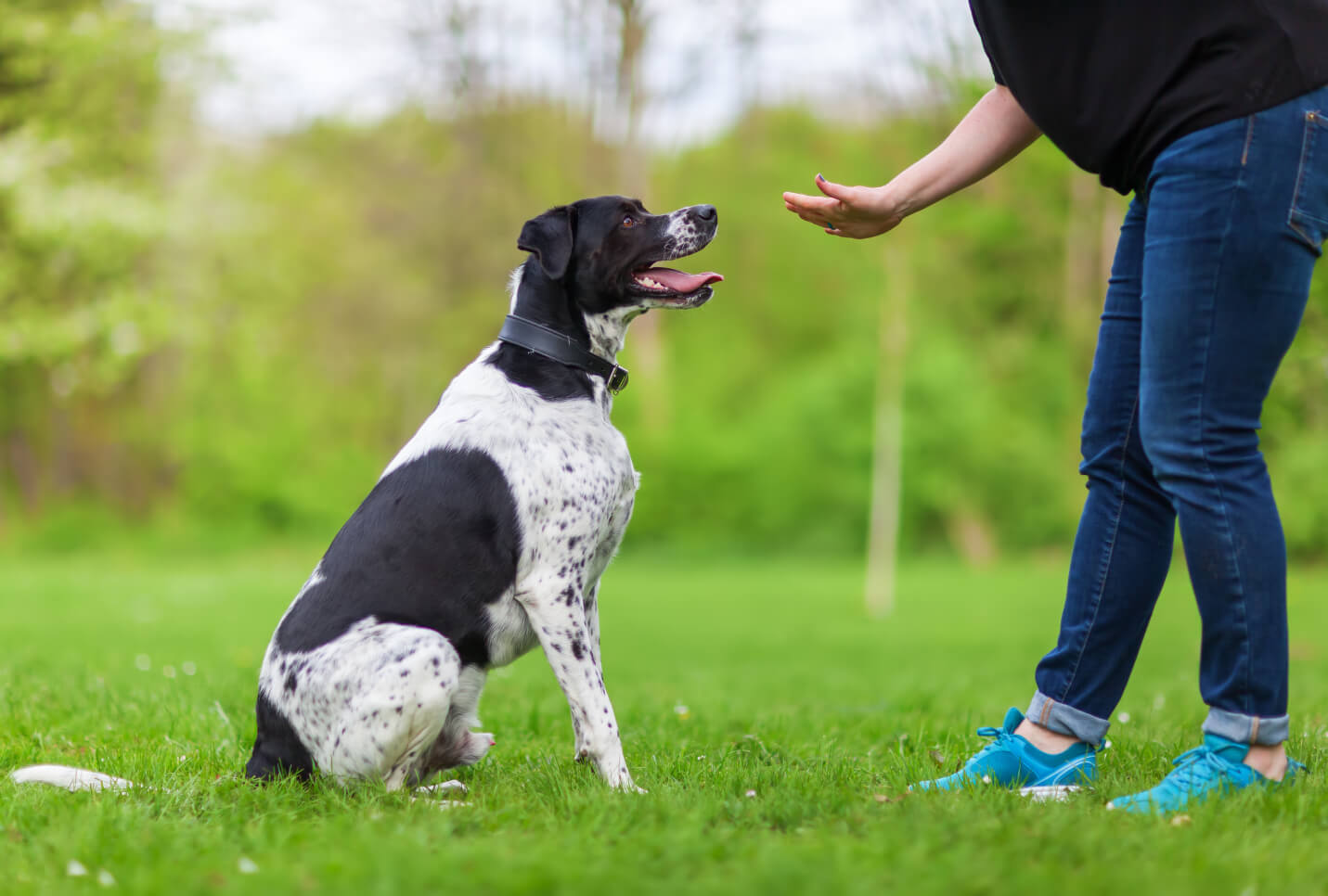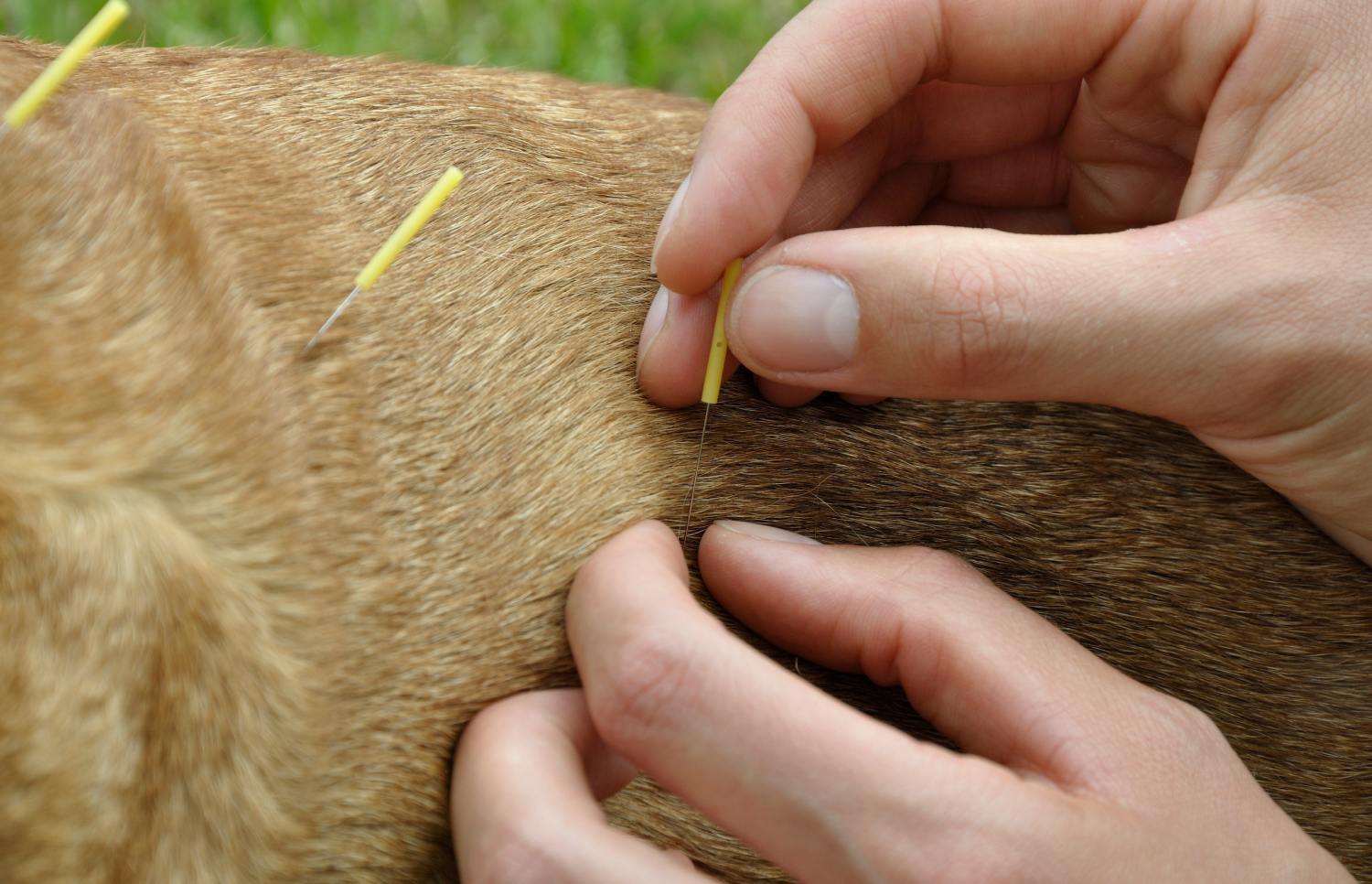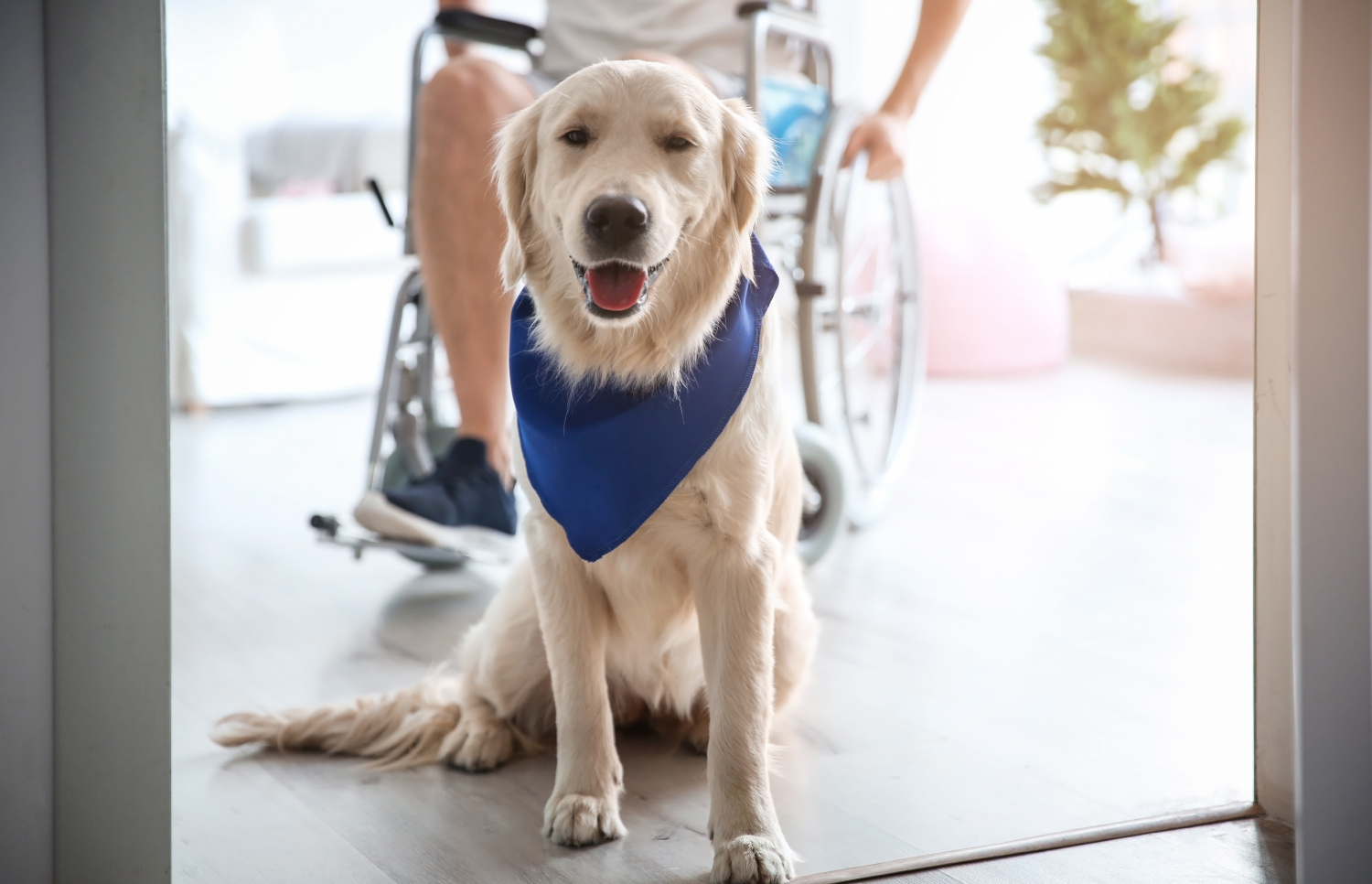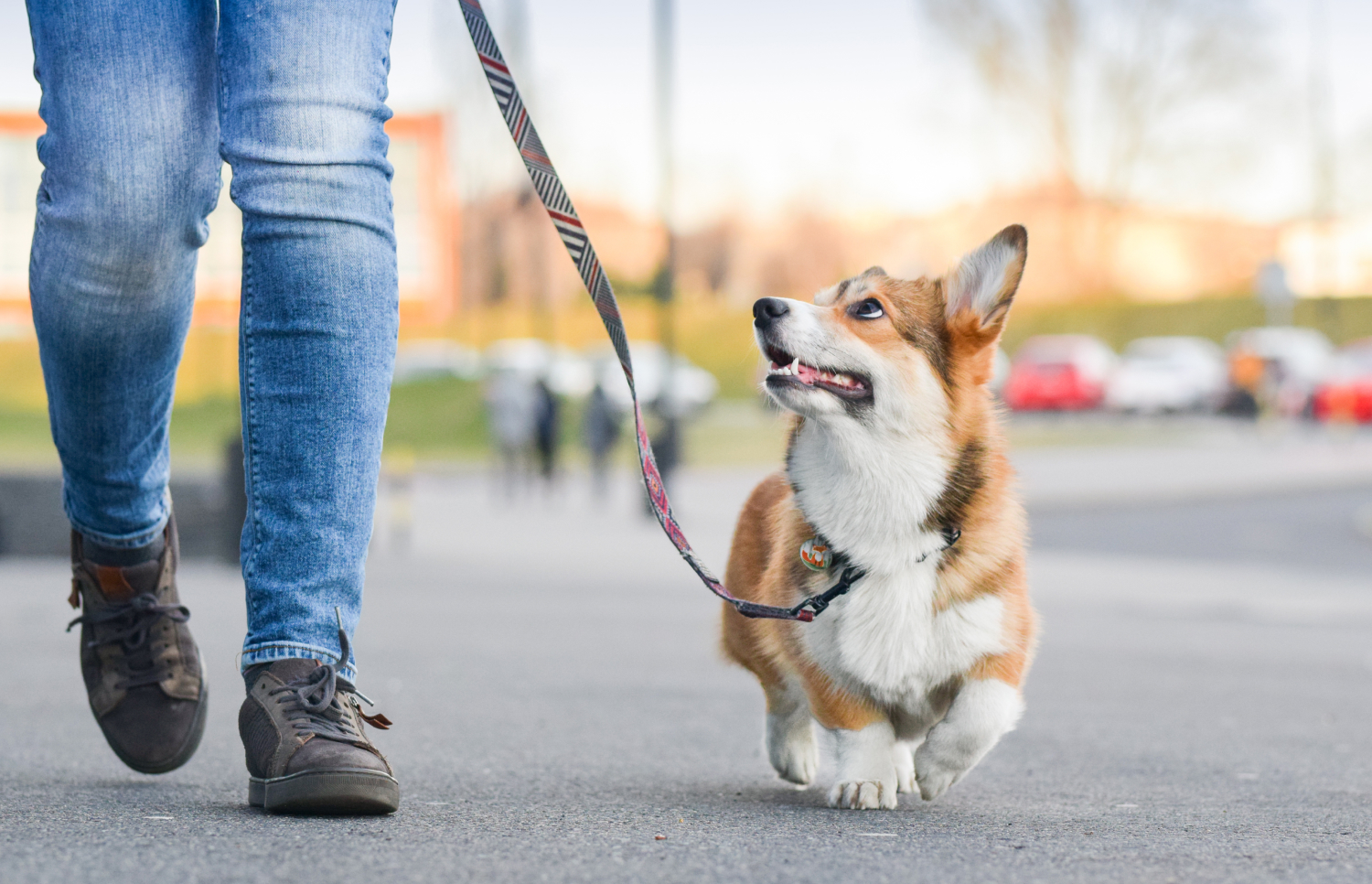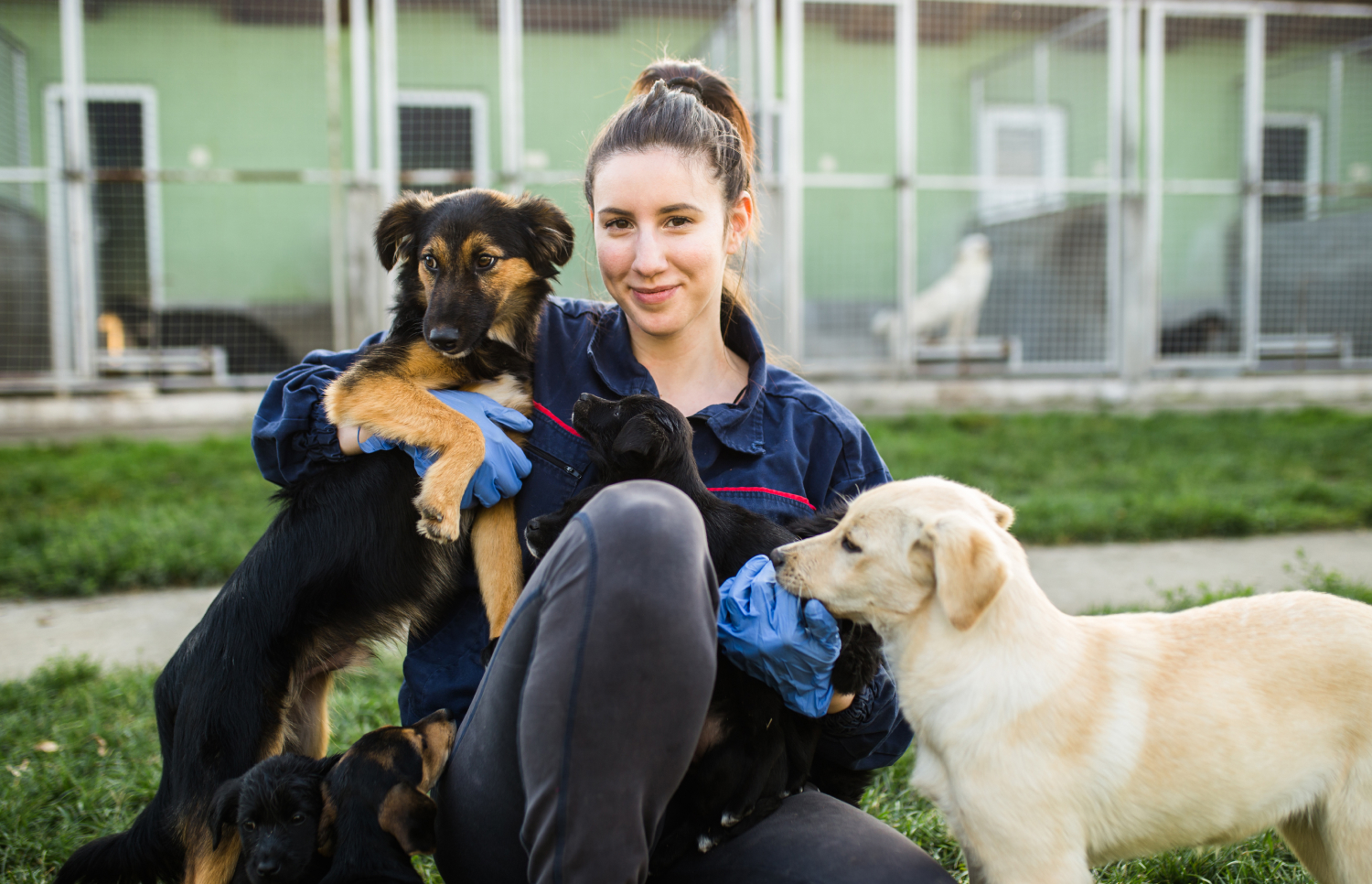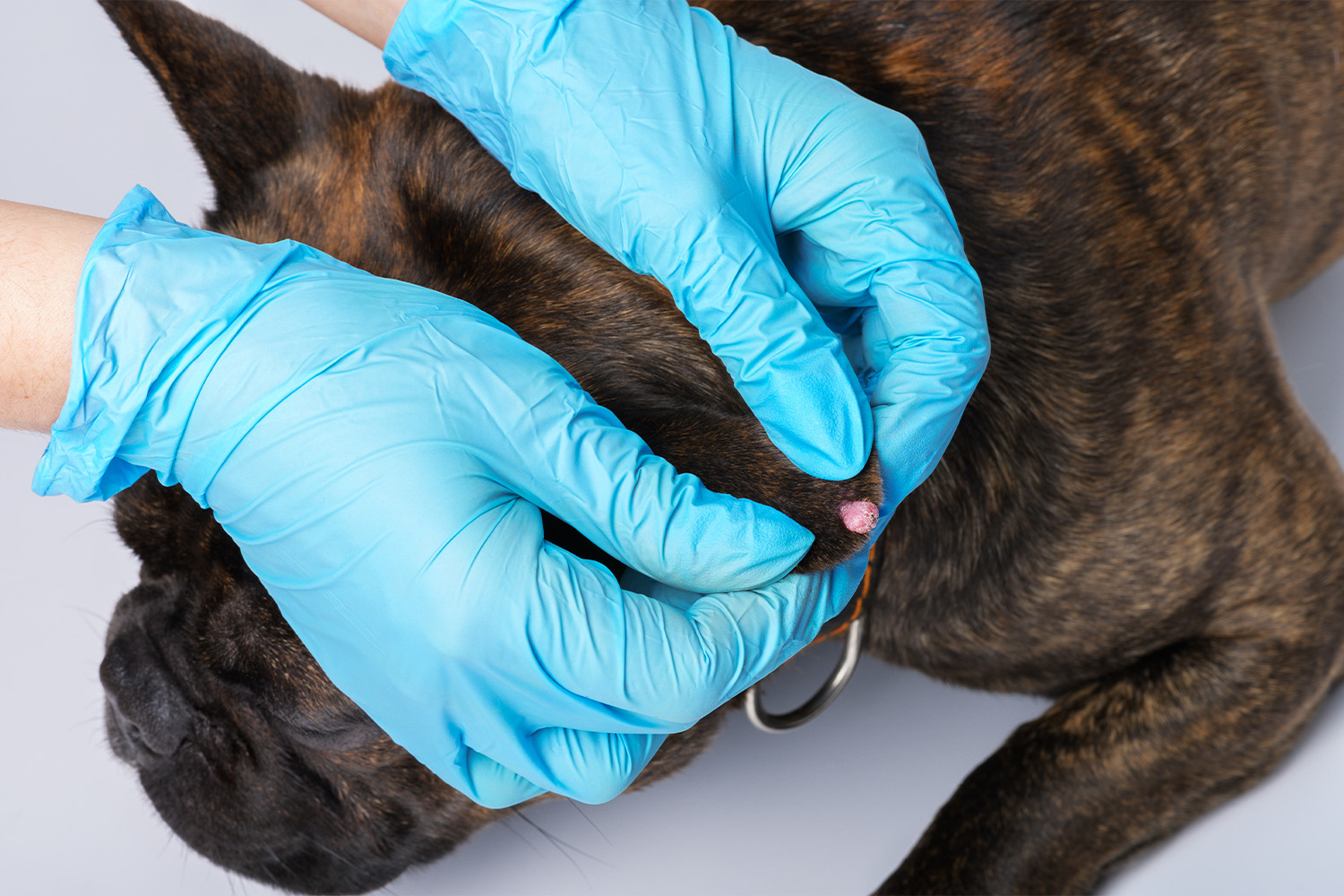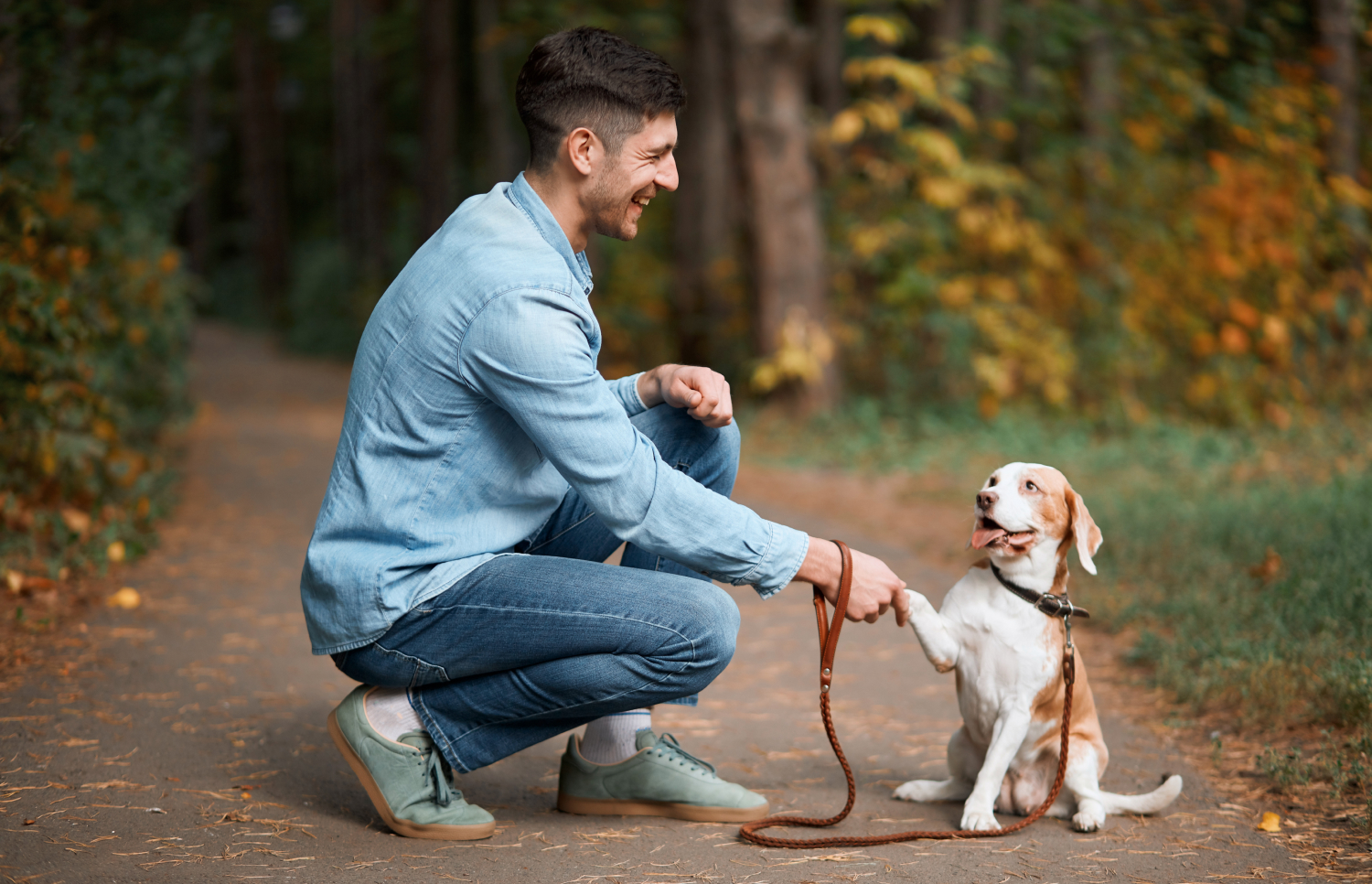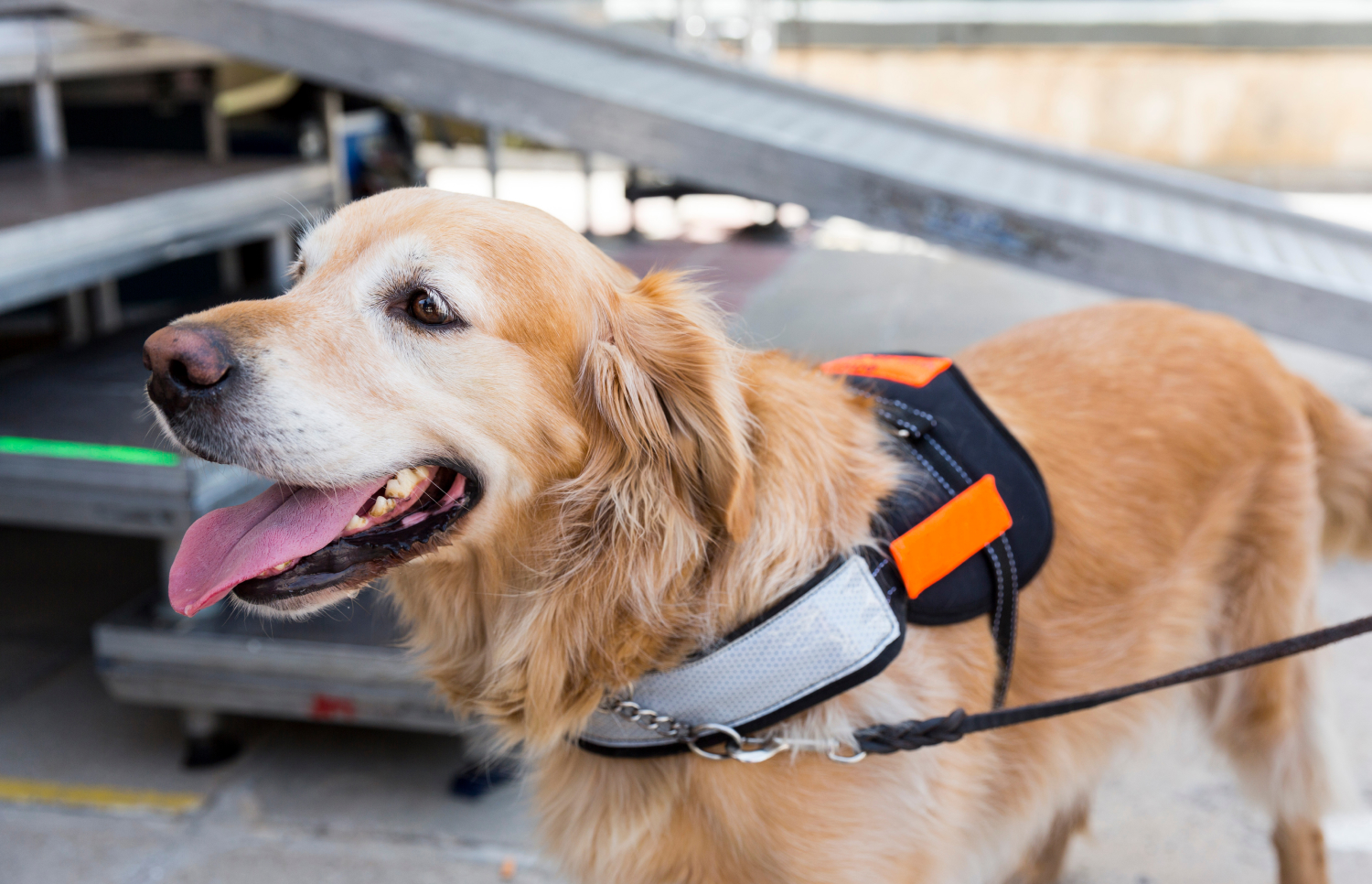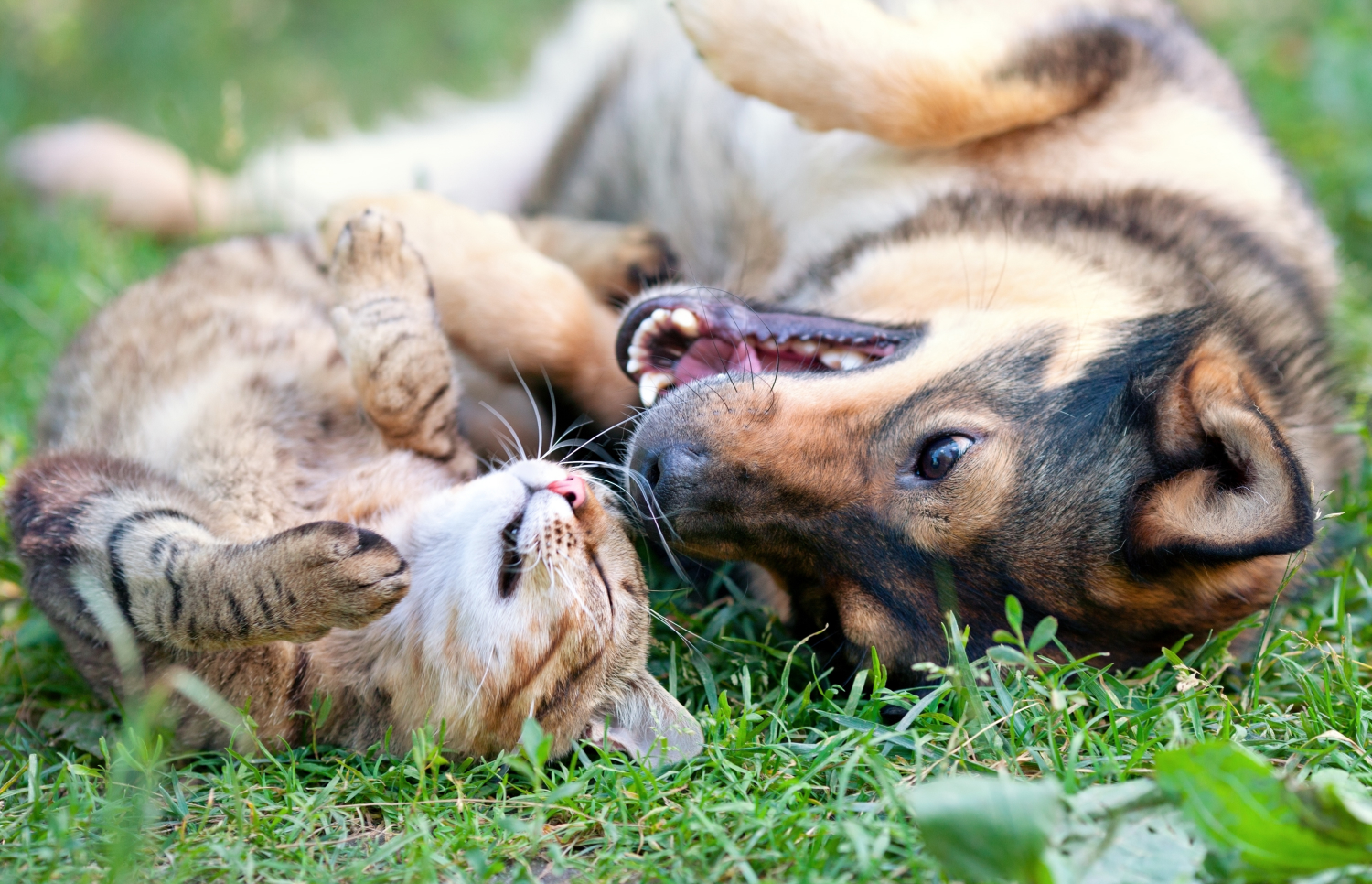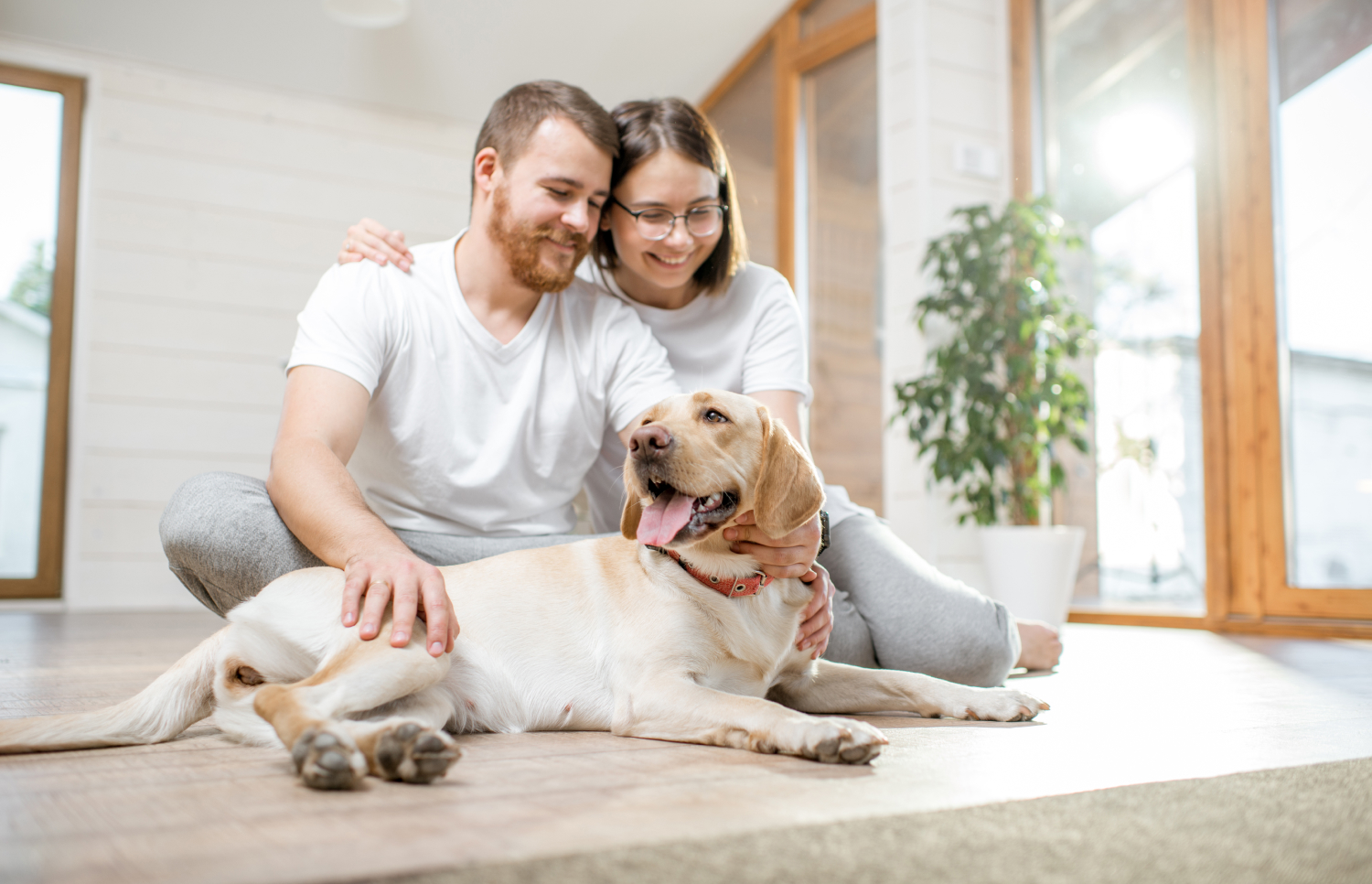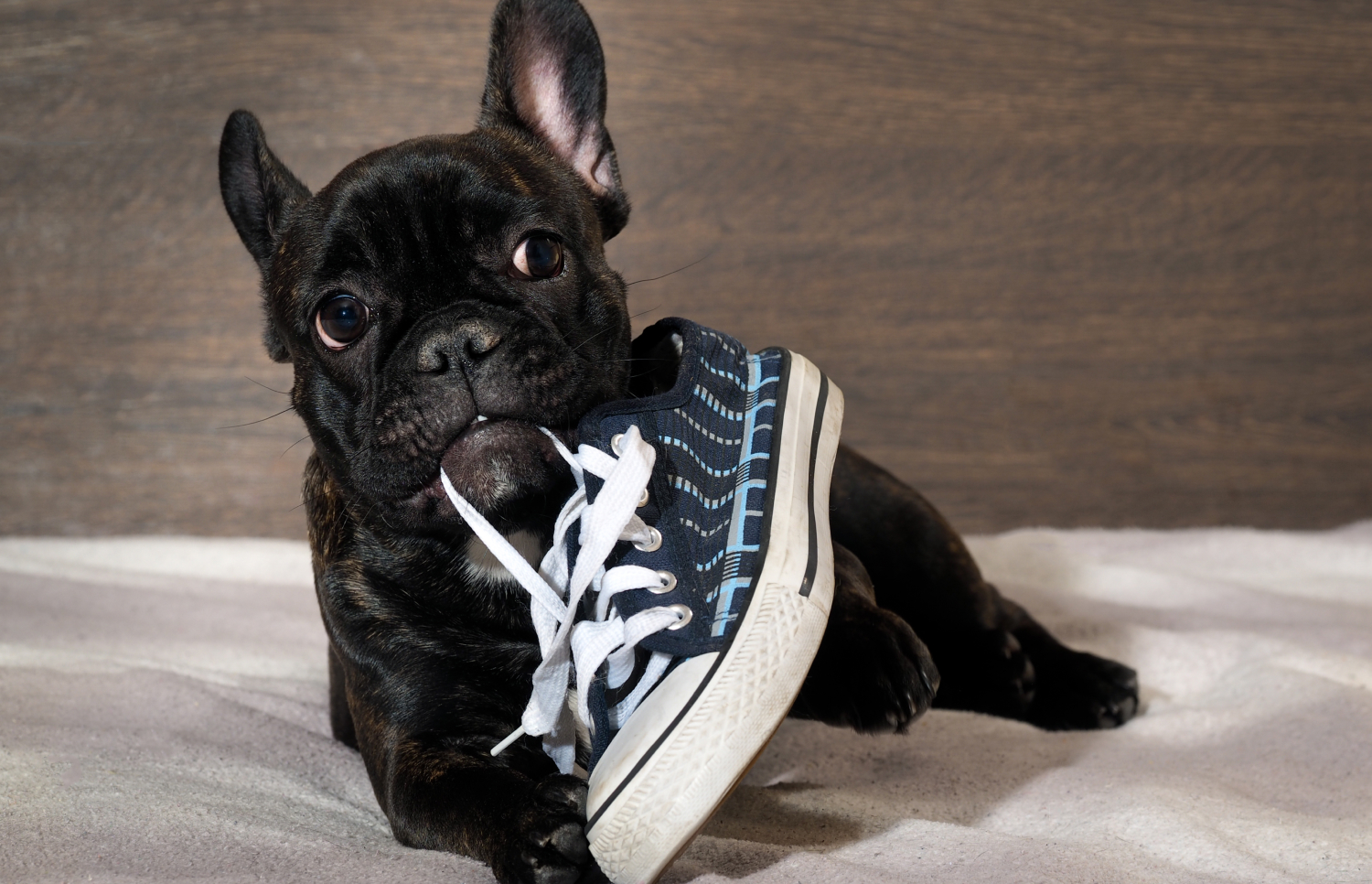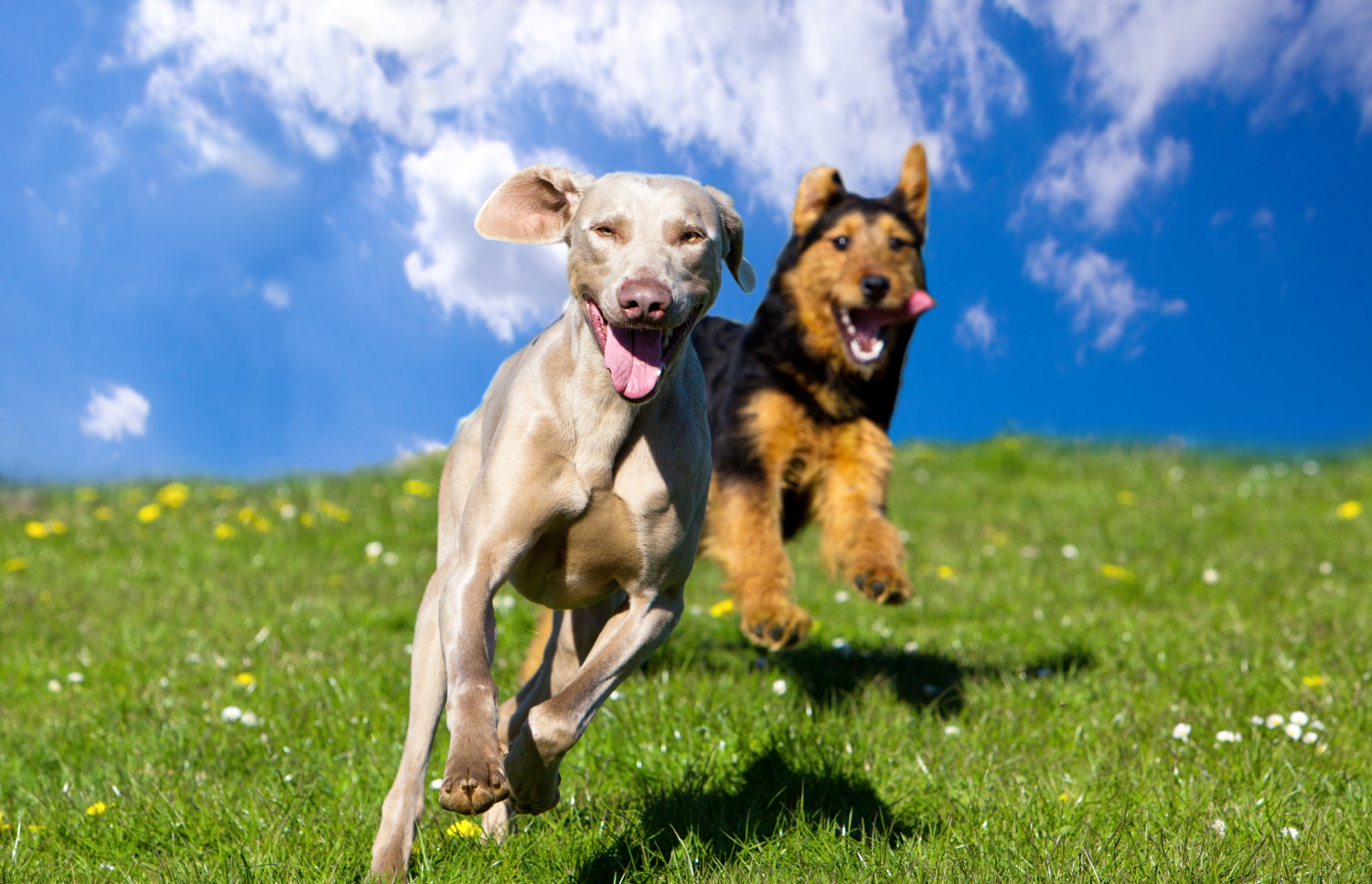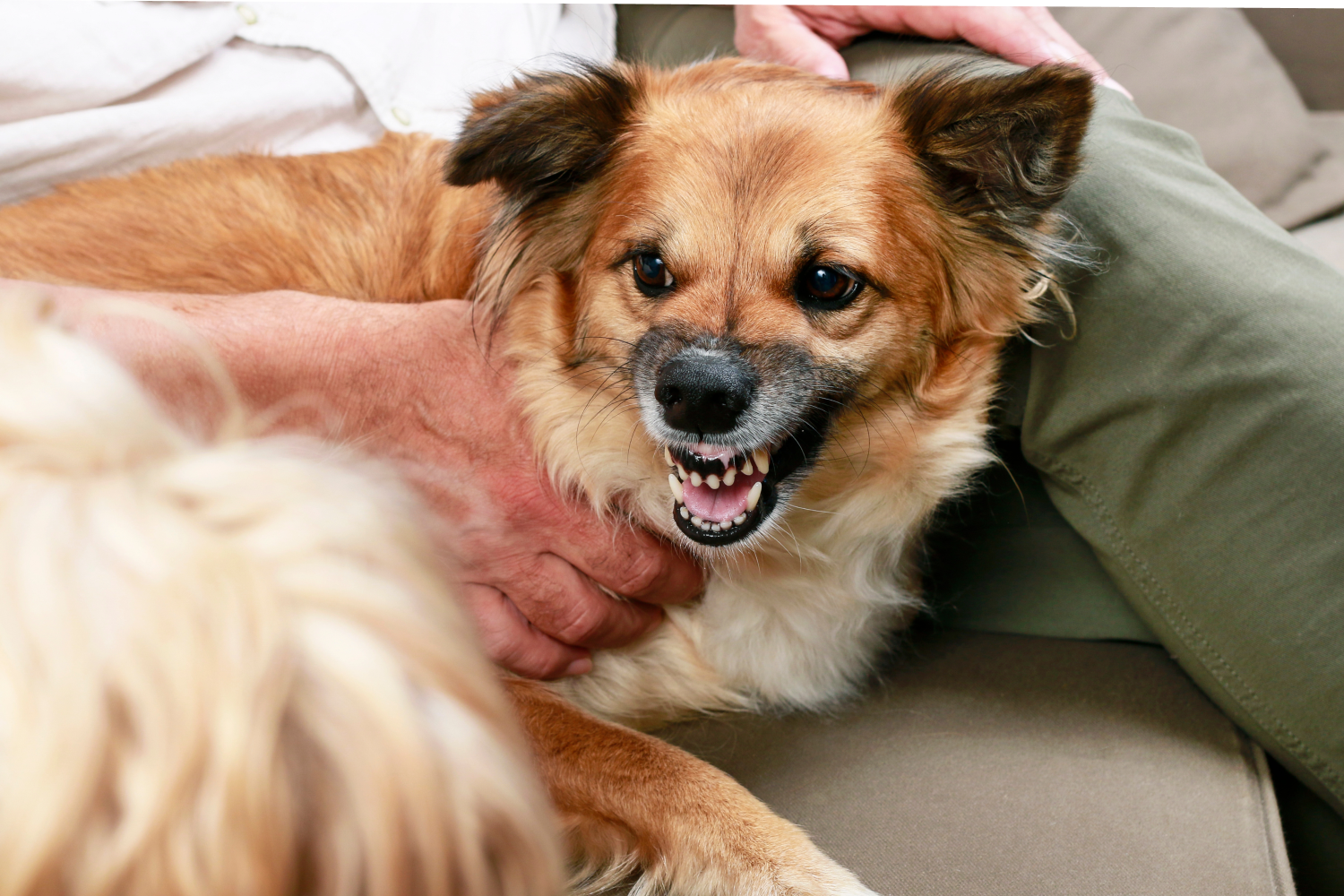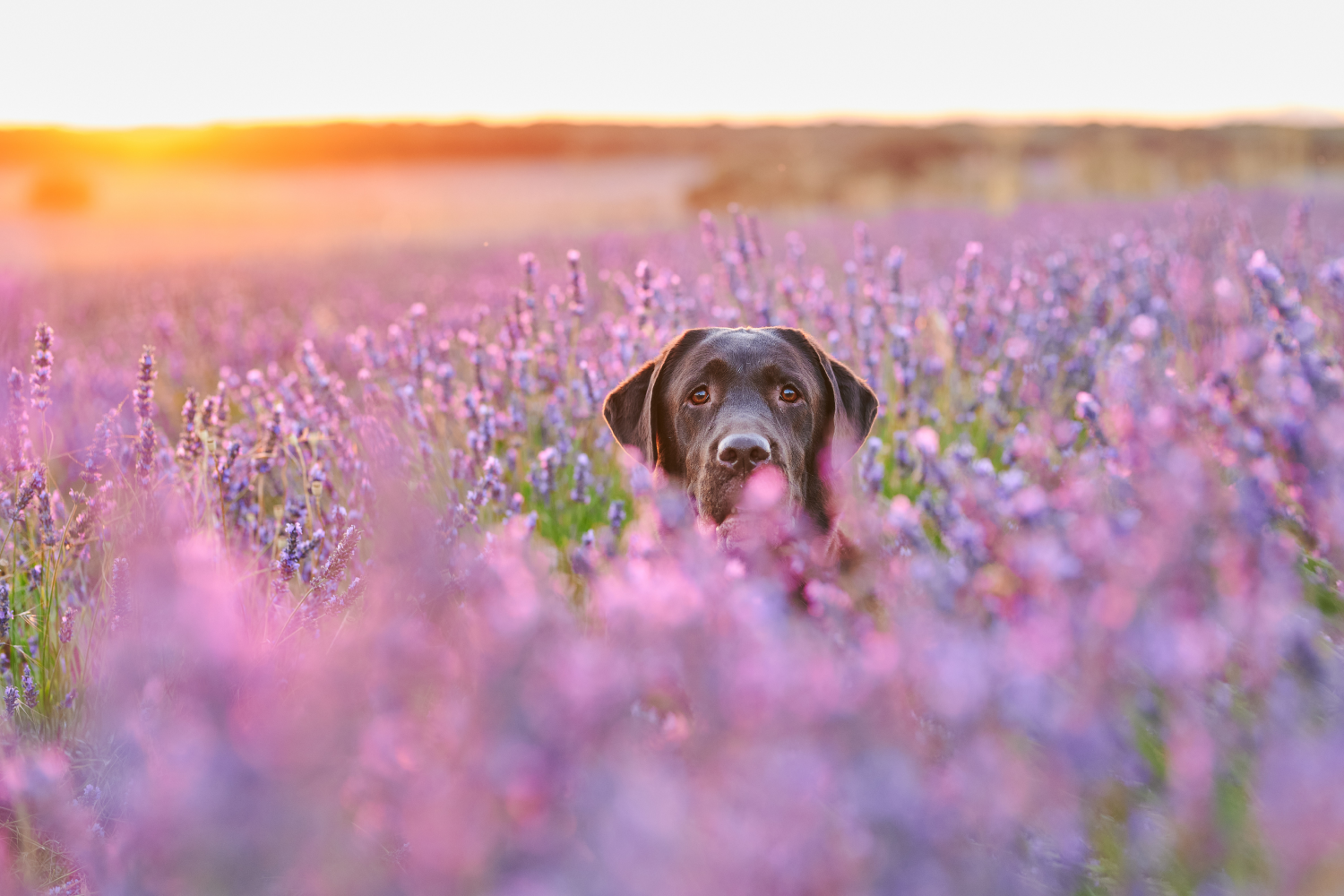Summer brings sunny days, warm temperatures, and outdoor adventures. While we humans enjoy the sun, it’s important to remember that our furry friends, especially dogs, are susceptible to overheating and heat-related illnesses. Dogs have a limited ability to regulate their body temperature, making them more vulnerable to heatstroke and other heat-related problems. As responsible pet owners, it’s crucial to be aware of the signs of overheating and take appropriate measures to keep our dogs safe during the summer months.
In this article, we’ll discuss how to spot overheating in dogs and offer some practical tips to help you ensure your canine companion stays cool and comfortable. We’ll also explore the idea of keeping dogs indoors on the hottest days.
Recognizing the Signs of Overheating in Dogs:
Dogs show several signs when they are overheating, and it’s important to be vigilant and recognize these signs early on. Some common symptoms of overheating in dogs include:
- Excessive Panting: Dogs regulate their body temperature by panting. If you notice your dog panting heavily and excessively, it could be an early sign of overheating.
- Excessive Drooling: Dogs may drool more than usual when they are overheating. Keep an eye out for thick and sticky saliva.
- Lethargy and Weakness: Overheated dogs often exhibit signs of fatigue, weakness, or even collapse. If your dog seems unusually tired or struggles to walk, it could be due to overheating.
- Bright Red Gums and Tongue: When a dog’s body temperature rises, their gums and tongue can turn bright red. This is a sign of heat stress and requires immediate attention.
- Vomiting and Diarrhea: Overheating can cause dogs to vomit or experience diarrhea. These symptoms, along with other signs of overheating, should be taken seriously.
- Rapid Heartbeat: An elevated heart rate is a sign of heat exhaustion or heatstroke. If you can feel your dog’s heartbeat racing, it’s time to take action.
Steps to Prevent Overheating:
- Prevention is key when it comes to protecting your dog from overheating. Here are some essential steps to keep your furry friend cool and comfortable during the summer months:
- Provide Ample Water and Shade: Make sure your dog always has access to fresh water, both indoors and outdoors. Create shaded areas in your yard or use a canopy or umbrella to shield them from direct sunlight.
- Limit Exercise during Peak Hours: Avoid vigorous exercise or long walks during the hottest parts of the day. Instead, opt for early morning or evening outings when the temperatures are lower.
- Never Leave Your Dog in a Parked Car: Even on a moderately warm day, the temperature inside a parked car can soar to dangerous levels within minutes. Leaving your dog in a car, even with the windows cracked, can be fatal.
- Use Cooling Products: Consider using cooling products designed specifically for dogs, such as cooling mats, bandanas, or vests. These products can help regulate your dog’s body temperature and provide relief from the heat.
- Supervise Outdoor Time: If your dog spends time in the yard, keep a close eye on them. Avoid leaving them unattended for extended periods, especially in high temperatures.
Keeping Dogs Indoors on the Hottest Days:
On scorching summer days, it’s often best to keep your dog indoors to prevent overheating. There are still plenty of fun activities to keep them entertained and mentally stimulated.
- Try setting up an indoor obstacle course using household items like chairs, tunnels made of blankets, or hula hoops.
- Engage your dog in interactive toys such as treat puzzles or KONG toys filled with frozen treats.
- You can also teach them new tricks or engage in a game of hide-and-seek using their favorite toys or treats.
- Indoor fetch with soft toys or playing tug-of-war can also be enjoyable for your furry friend
- Additionally, consider setting up a designated play area with toys and engaging in gentle indoor exercises like “follow the leader” or simple agility exercises.
These activities will help keep your dog active, happy, and entertained while they stay cool indoors.
However, this raises the question of providing them with an appropriate indoor potty solution. That’s where products like DoggieLawn and Bark Potty come in handy. These all-natural dog potty solutions offer convenient alternatives for dogs to relieve themselves indoors while keeping them comfortable and maintaining a clean environment.
DoggieLawn: DoggieLawn is a real grass patch made from hydroponically grown grass. It provides a natural and familiar surface for dogs to do their business indoors. With convenient delivery to your door, DoggieLawn absorbs and controls odors, making it an odor-free option. It’s an easy transition for dogs, promoting better potty habits, and it’s eco-friendly, as it is fully biodegradable and can be composted or disposed of in a green waste bin.
Bark Potty: Bark Potty is an indoor dog potty solution that blends real bark and synthetic grass. This combination creates a comfortable surface that mimics the outdoors, giving dogs a natural experience. Bark Potty is easy to maintain, thanks to its proprietary odor-fighting additive and washable synthetic grass. It’s lightweight and portable, making it convenient to move around, and it’s environmentally friendly, with the bark made from reclaimed and recycled materials.
Remember our Certified Pet Trainers and Veterinary team at AskVet are always available to help you with ideas and plans for your pooch on hot summer days!

